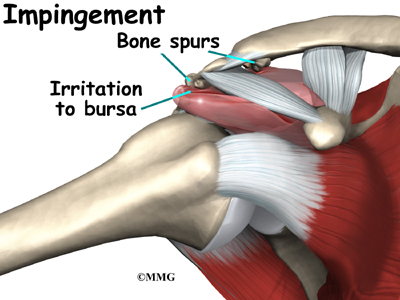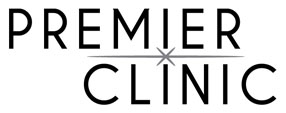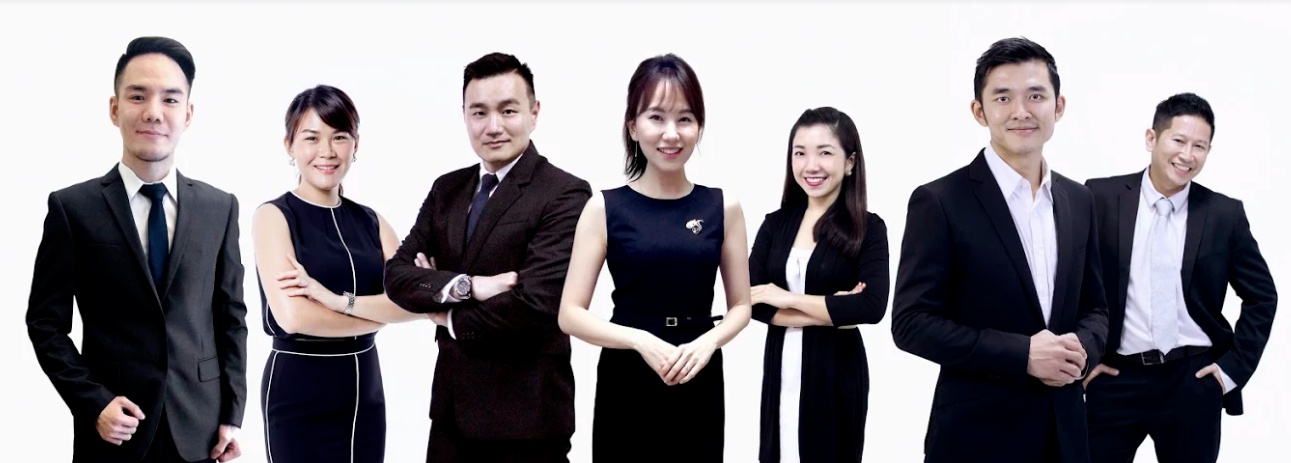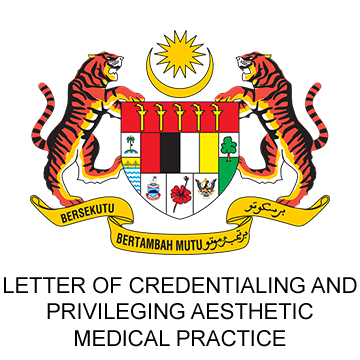
What Causes Shoulder Pains? – Part 2
Hi everyone, I hope you all enjoyed a lovely Raya break and are now ready to face the week ahead fully energised and motivated. For today’s topic, I will continue to talk about causes of shoulder pain, following on from the previous article. Click here to read part 1.
For today’s article, I will elaborate further on rotator cuff disorders and acromioclavicular joint disorders.
Rotator cuff disorders
The group of muscles and tendons surrounding the shoulder joint is known as the rotator cuff, which keeps the joint in the right position. This allows movement in a controlled way, and any disorder will result in discomfort or pain.
 |
| The rotator cuff consists of muscles and tendons around the shoulder joint (pic from thedoctorweighsin.com) |
Common symptoms of rotator cuff disorders include experiencing pain:
- When performing activities or tasks that require your arm to reach above shoulder level
- When moving your arm away from the body
- On both the front and sides of shoulder
- At night
There are three main types of rotator cuff disorder – tendonitis and bursitis, tears, and rotator cuff syndrome.
Tendonitis is when your tendons become inflamed and swell up, while bursitis is the imflammation of a bursa (a small sac of fluid, usually located between bones and tendons). Both conditions usually occur gradually, with the irritation and inflammation caused by shoulder injuries or overexerting your shoulder. The inflammation means the joint has less room for the rotator cuff to move, and the tendons and bursa may even become trapped between the bones, causing great irritation when moving the shoulder.
 |
| The bursa of tendons can get trapped between the bones, causing irritation when moving the shoulder (pic from eorthopod.com) |
Rotator cuff syndrome is used to label any type of damage to the tendons, which may include full tears. A torn muscle or tendon will cause great pain as well as weakening your arm in general. You may even experience a “popping” sensation when moving your shoulder. This commonly occurs for individuals over the age of 40, with tears in younger people’s tendons often causes by accidents instead. Those over the age of 60 are likely to suffer from partial or complete rotator cuff tears, simply because the tendons tend to weaken with age.
Acromioclavicular joint disorders
The joint at on the top of your shoulder is known as the acromioclavicular joint, and should not be confused with the ball and socket joint. Symptoms that can indicate disorders include limited movement of the joint, pain in the joint itself or pain on the top of the shoulder. There are several potential acromioclavicular joint disorders, including osteoarthritis, torn or stretched ligaments in the joint, or partial or complete dislocation.
 |
| The acromioclavicular joint can be seen here appearing as a ‘bump’ on the shoulder (pic from wikifoundry.com) |
Osteoarthritis results in your joints becoming stiff and painful, and is the most common acromioclavicular joint disorder. Ligaments are connective tissues that connect two bones together at the joint, and can be stretched or town after strenuous activity.
These joint disorders are more likely to affect men, especially those between the ages of 20-50. The chances of developing this is also increased if you are active in contact sports such as rugby or mixed martial arts. It may also occur or begin to develop if you suffer a fall on your shoulder.
Until next time, stay healthy!




